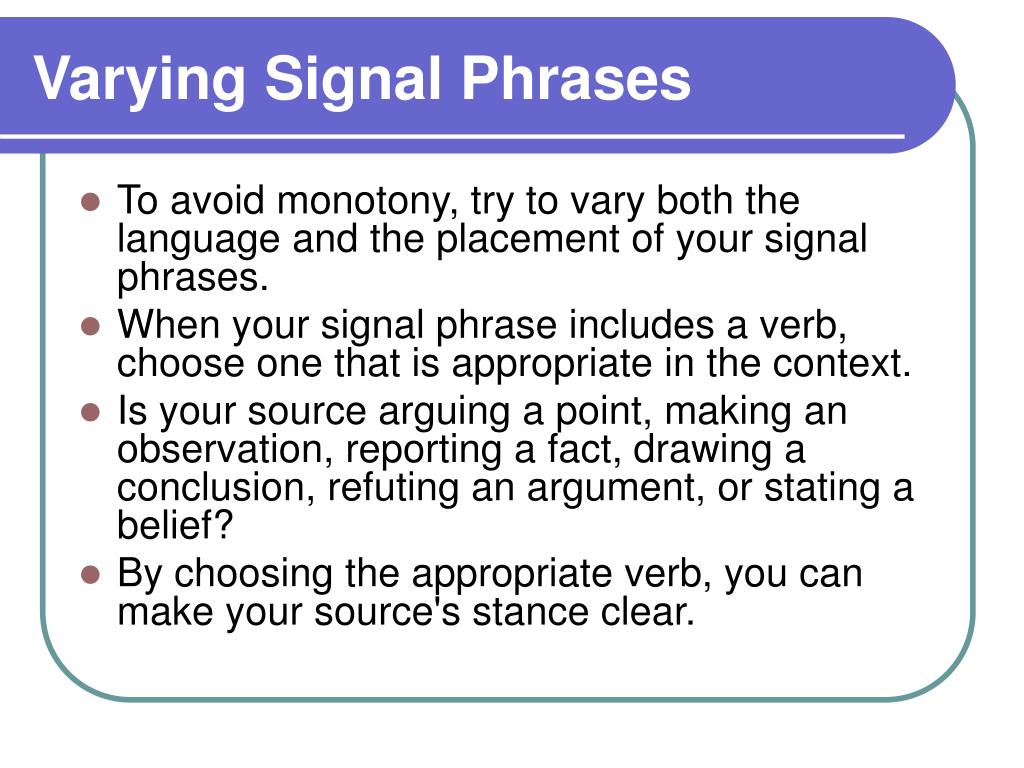
SIGNAL PHRASES MANUAL
Since the manual elicitation and creation of process models is a time-intensive endeavor, a variety of techniques have been developed that automatically derive process models from textual process descriptions. Process models are an important means to capture information on organizational operations and often represent the starting point for process analysis and improvement. Furthermore, we demonstrate that we can achieve a relatively high classification performance (average accuracy of 65%) when predicting outcomes based only on the surnames of the judges that try the case. We show, however, that predicting decisions for future cases based on the cases from the past negatively impacts performance (average accuracy range from 58 to 68%). With an average accuracy of 75% in predicting the violation of 9 articles of the European Convention on Human Rights our (relatively simple) approach highlights the potential of machine learning approaches in the legal domain. By taking data from the European Court of Human Rights as an example, we investigate how natural language processing tools can be used to analyse texts of the court proceedings in order to automatically predict (future) judicial decisions. large-scale statistical analysis of case law and machine learning) within the legal domain became possible. When courts started publishing judgements, big data analysis (i.e. In addition, we provide a corpus of manually annotated decisions of the European Court of Human Rights, which shall serve as a gold standard not only for our own evaluation, but also for the research community for comparison and further experiments. To this end, in the current paper we compare the effectiveness of three different extraction mechanisms, namely deep learning, conditional random fields, and rule-based method, to facilitate automated extraction of events and their components (i.e., the event type, who was involved, and when it happened). Tools and technologies to extract events from court decisions however are still underdeveloped. Automated court decision timeline generation could provide a visual overview of what happened throughout a case by representing the main legal events, together with relevant temporal information. Unfortunately, since court decision texts can often be long and complex, bringing all events relating to a case in order, to understand their connections and durations is a time-consuming task.


The analysis of court decisions and associated events is part of the daily life of many legal practitioners.


 0 kommentar(er)
0 kommentar(er)
